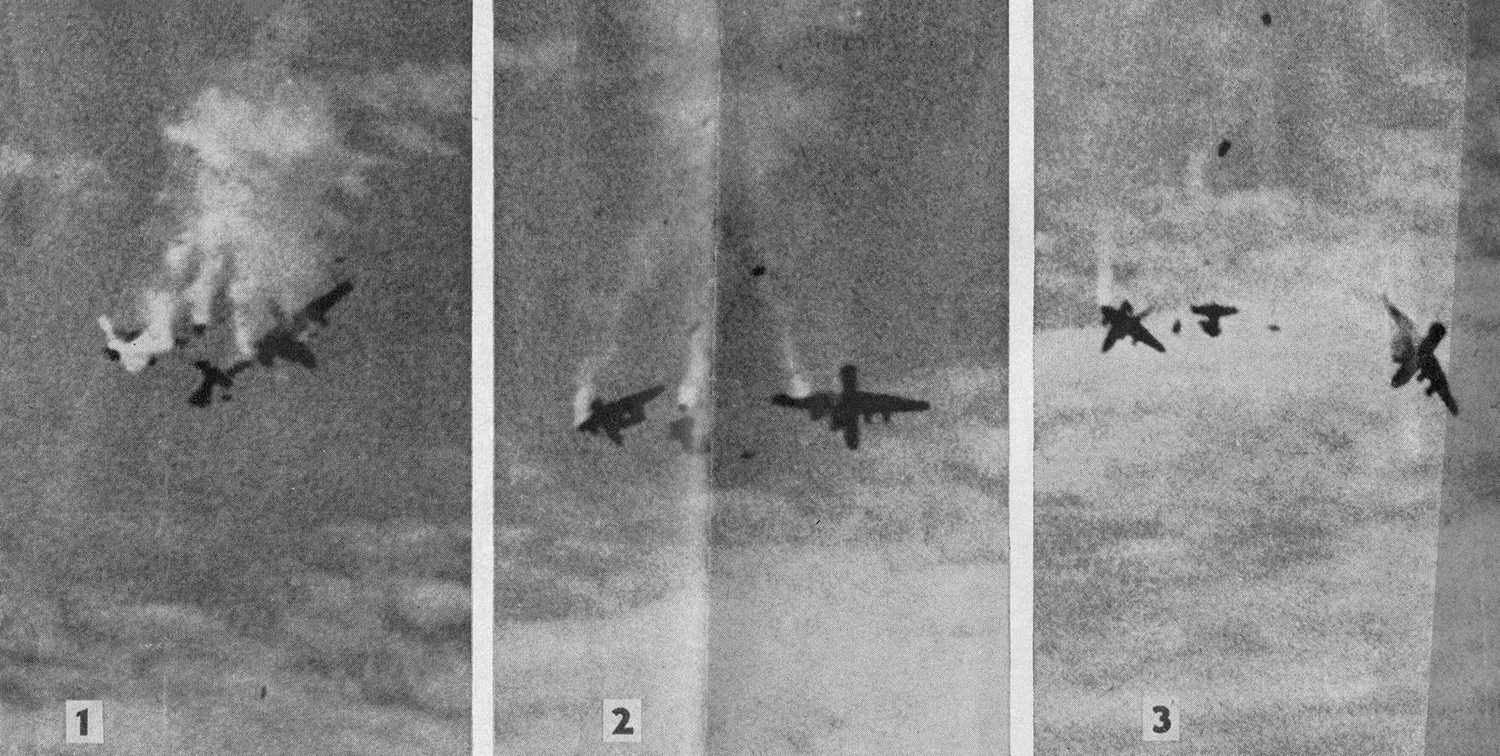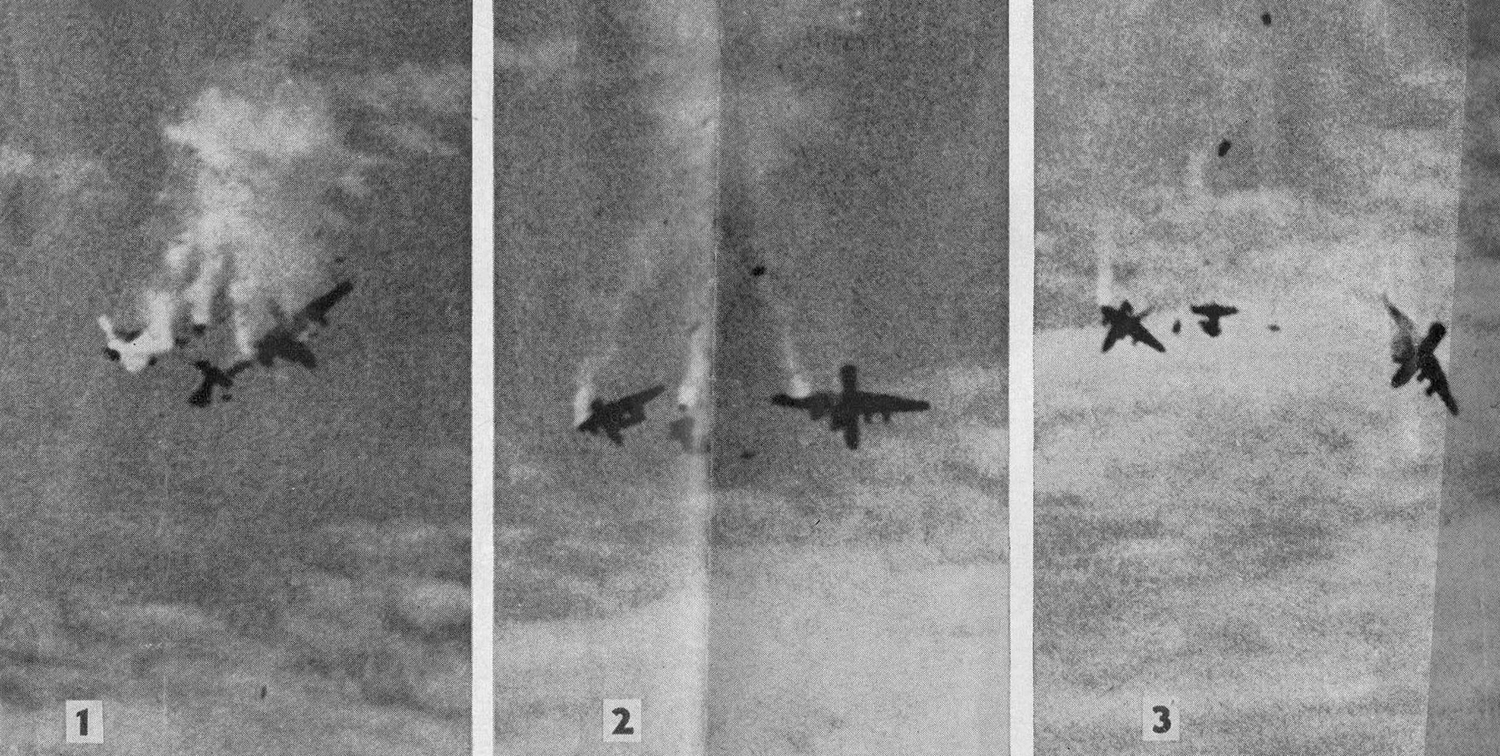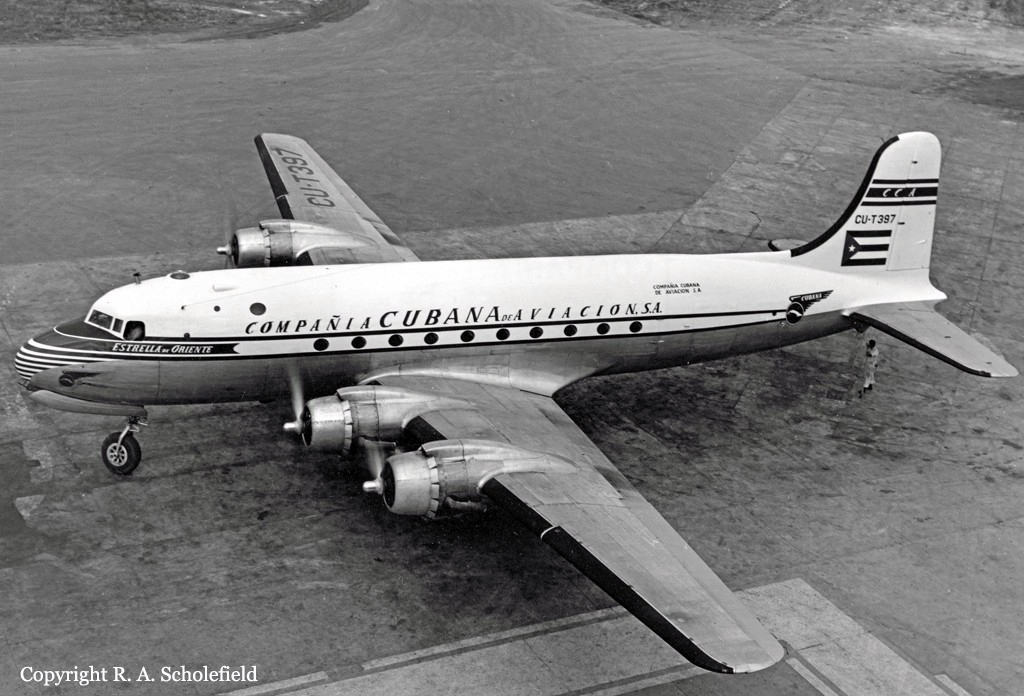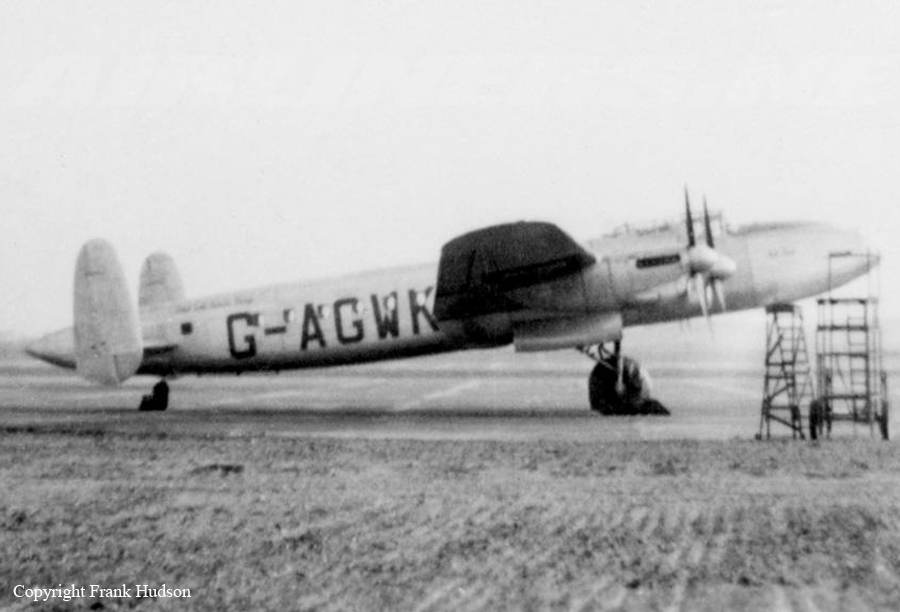Crash of a Lockheed P-3A-45-LO Orion in Hamilton: 4 killed
Date & Time:
Jul 27, 1965
Registration:
151380
Survivors:
Yes
Schedule:
Hamilton - Hamilton
MSN:
185-5093
YOM:
1964
Crew on board:
4
Crew fatalities:
Pax on board:
9
Pax fatalities:
Other fatalities:
Total fatalities:
4
Circumstances:
The crew was engaged in a local training flight at Hamilton-Kindley Field Airport. Following few touch-and-go manoeuvres, the pilot-in-command started a new approach when all four engines stopped simultaneously. Due to low speed, the airplane stalled and crashed near the runway threshold. Four passengers were killed while nine other occupants were injured, some of them seriously. The aircraft was destroyed.
Probable cause:
It is reported that the flight engineer mistakenly cut off the wrong fuel switch during the approach. It is believed his capacities and performances were limited due to intoxication.







